Proximity losses in transformers occur from magnetic interactions between windings, reducing efficiency and needing proper insulation.
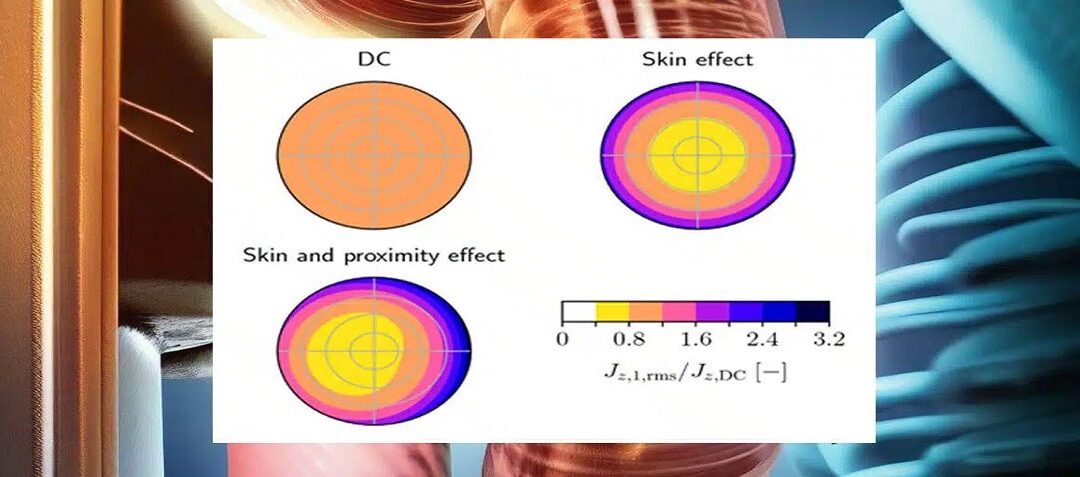

Proximity losses in transformers occur from magnetic interactions between windings, reducing efficiency and needing proper insulation.
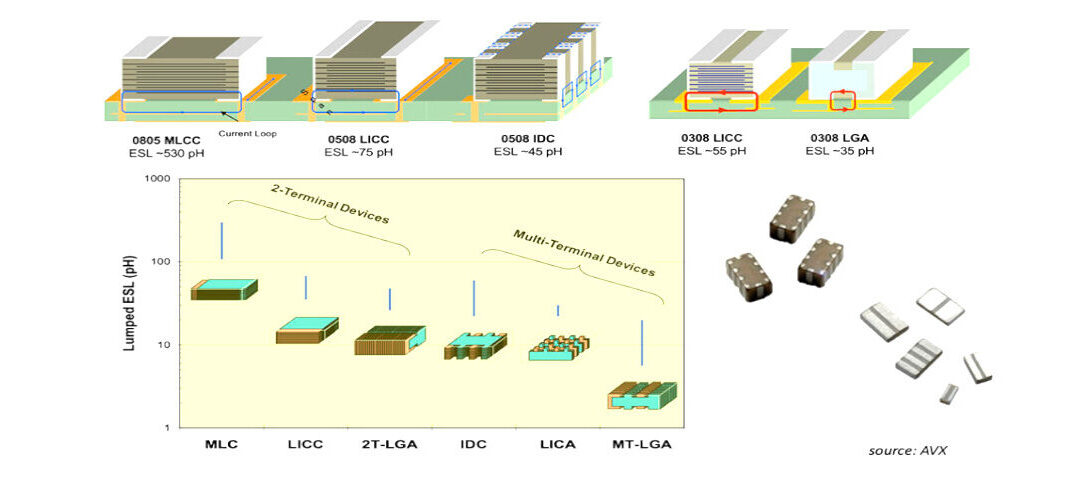
Explore ESL effects in capacitors, their impact on performance in high-speed circuits, and advances in low-inductance capacitor design.
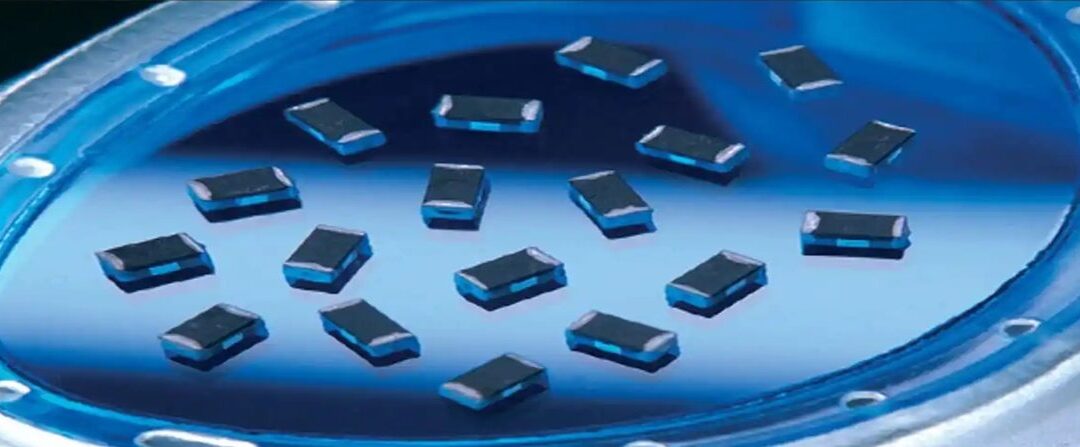
EMI filtering reduces electromagnetic noise in electronics, ensuring compatibility and reliability using methods like ceramic capacitors.
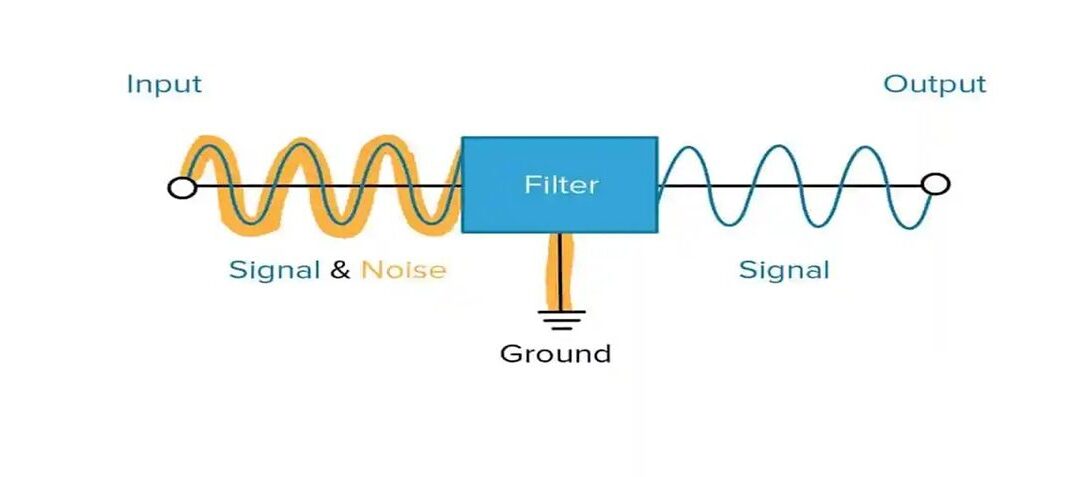
Understand EMI filters, their role in reducing electromagnetic interference, key applications, and advantages of ceramic capacitors.
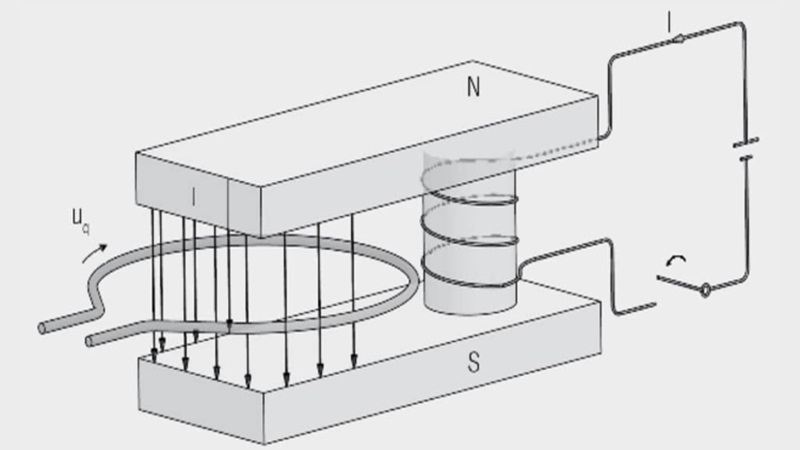
This article provides a detailed overview of fundamental magnetic principles, focusing on magnetic induction, magnetic flux, and Faraday’s law.
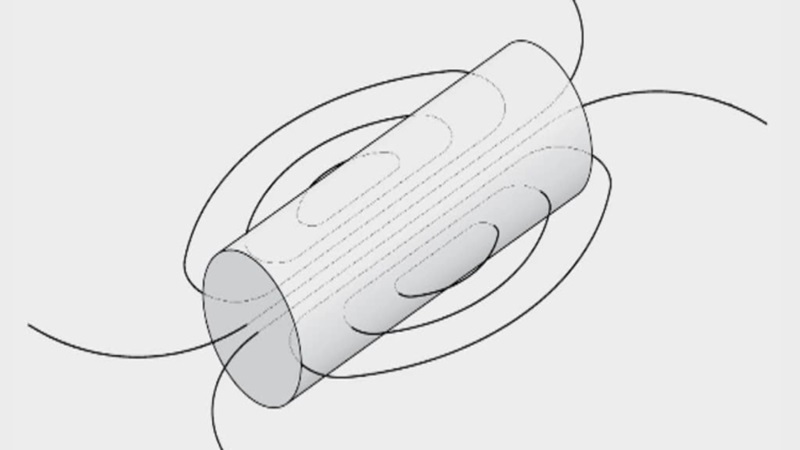
Explore magnetism fundamentals, from field lines and Ampere’s Law to ferromagnetic material behavior and magnetic field strength.

Learn ripple control techniques in PWM converters, including hysteresis and V² control, for stable, efficient power system design.
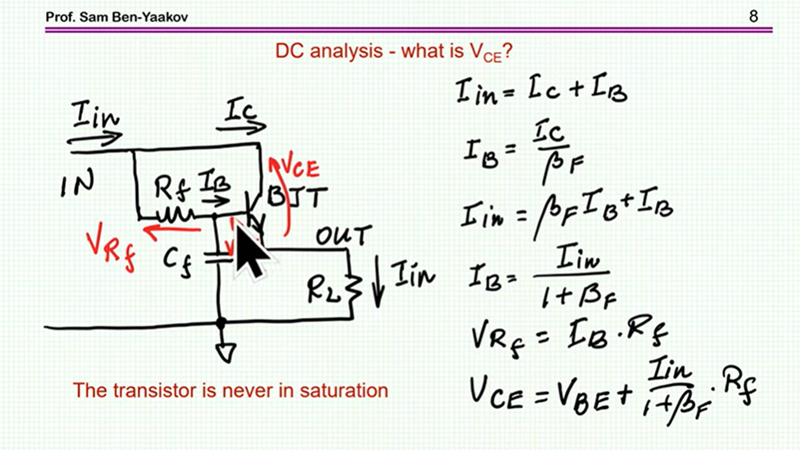
Discover BJT filters and capacitance multipliers, their design, applications, and simulation using LTSpice for circuit analysis.
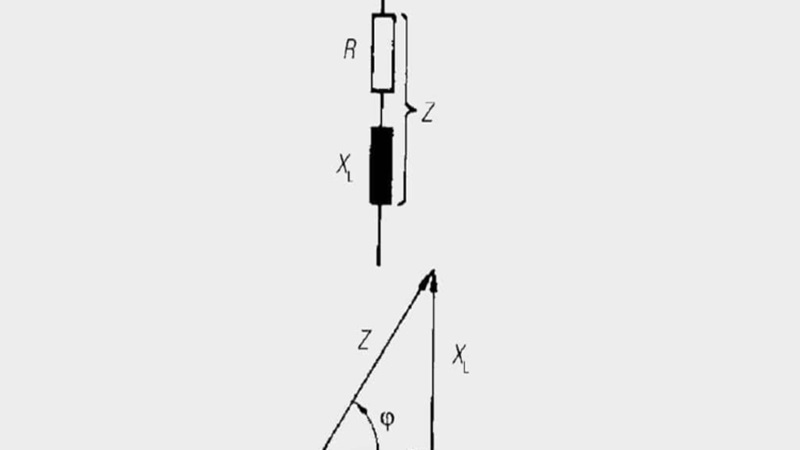
Explore inductor behavior, focusing on inductance, impedance, quality factors, and effects like saturation and temperature drift.
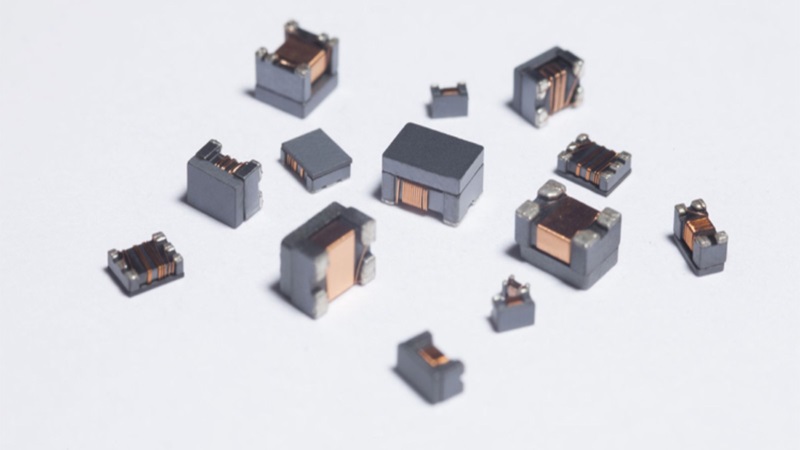
Understand the role of magnetism in inductors, their structure, applications, and the physics behind their functionality.
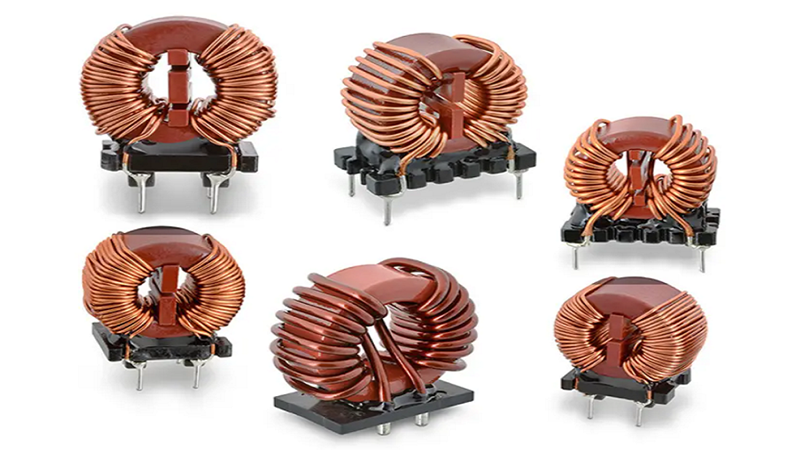
Toroidal inductors, with their closed magnetic circuit, provide high inductance and effective EMI suppression, especially in power and signal filtering.
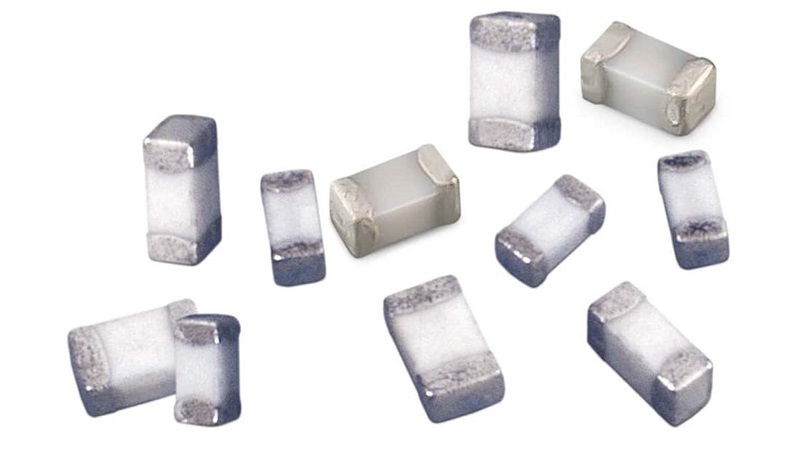
Safety capacitors, including X and Y types, provide essential protection against electrical hazards in compliance with safety standards.
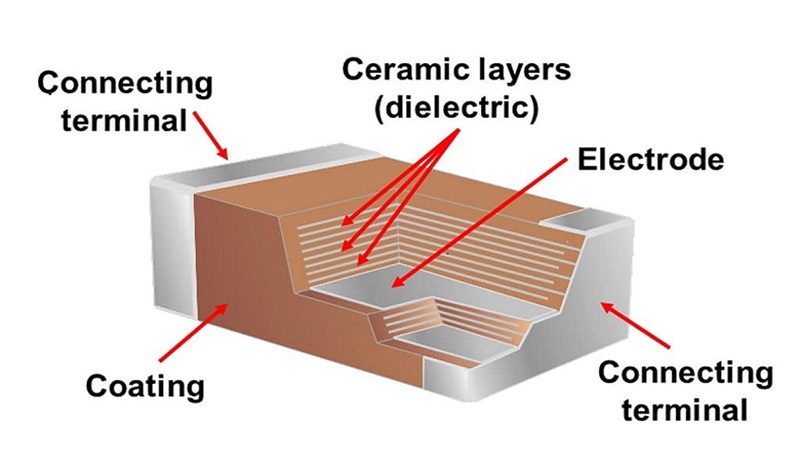
Class 2 ceramic capacitors, such as X7R and Z5U types, feature high dielectric constants and significant temperature and voltage-dependent capacitance changes.

Class 1 capacitors, like NP0/COG types, offer high stability, low losses, and excellent temperature coefficients for precision applications.

MLCCs (Multilayer Ceramic Capacitors) utilize advanced stacking and electrode technologies, offering high capacitance and compact designs.
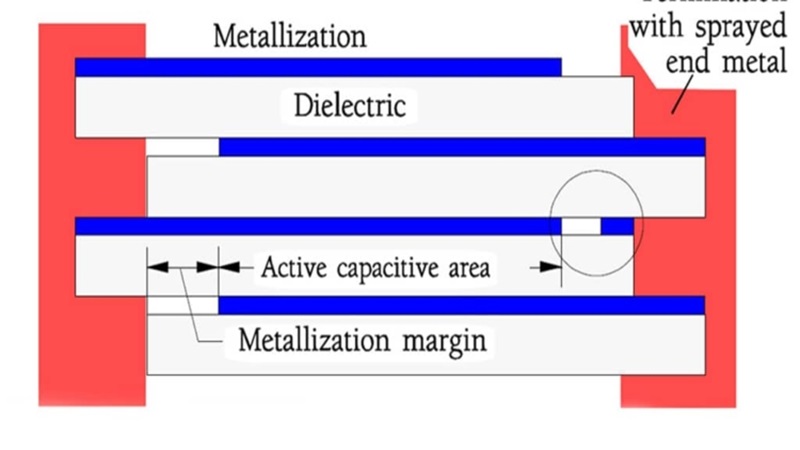
Electrostatic capacitors, non-polarized by design, use diverse materials like paper, plastic, and ceramics for compact, versatile applications.

Ceramic capacitors, including SLCC and MLCC types, offer versatile performance across high-frequency and miniaturized applications.

Filters that utilize one or more inductive elements, such as RF inductors, alongside capacitors, play a critical role in electronic signal...
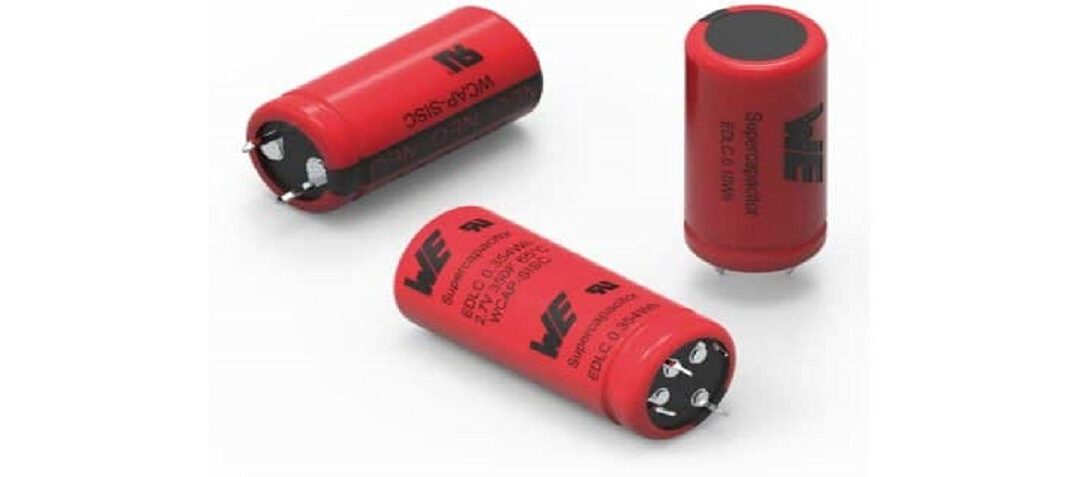
The article introduces Würth Elektronik’s WCAP-SISC snap-in supercapacitors, designed for high-power and high-energy applications such as UPS and energy storage solutions.
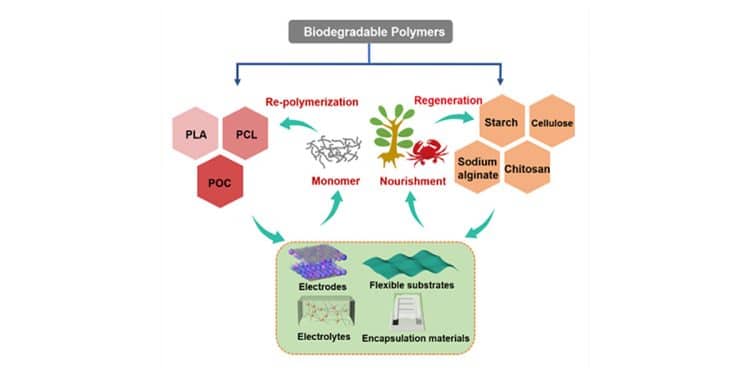
This article discusses the potential of biodegradable polymers in the development of eco-friendly supercapacitors.